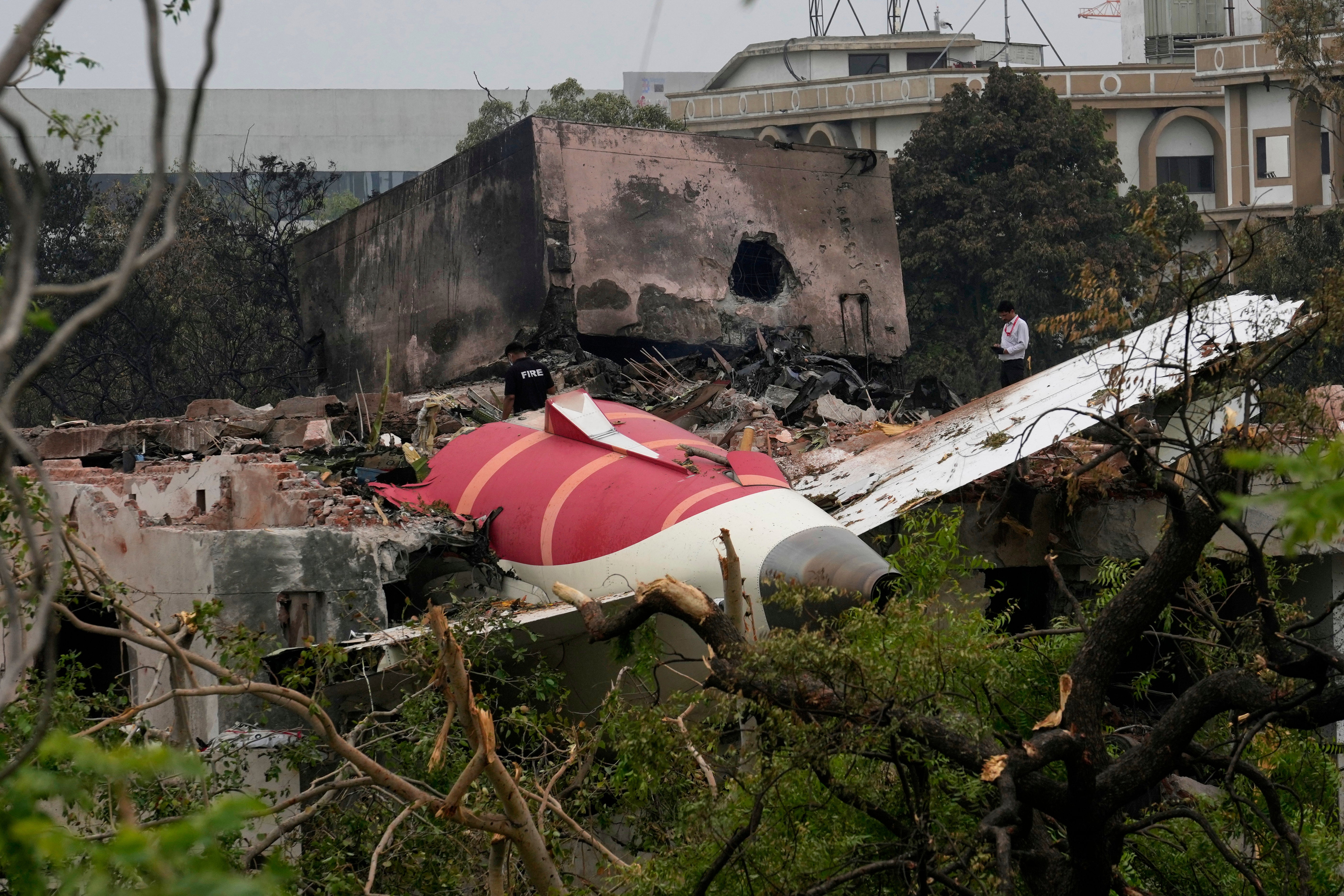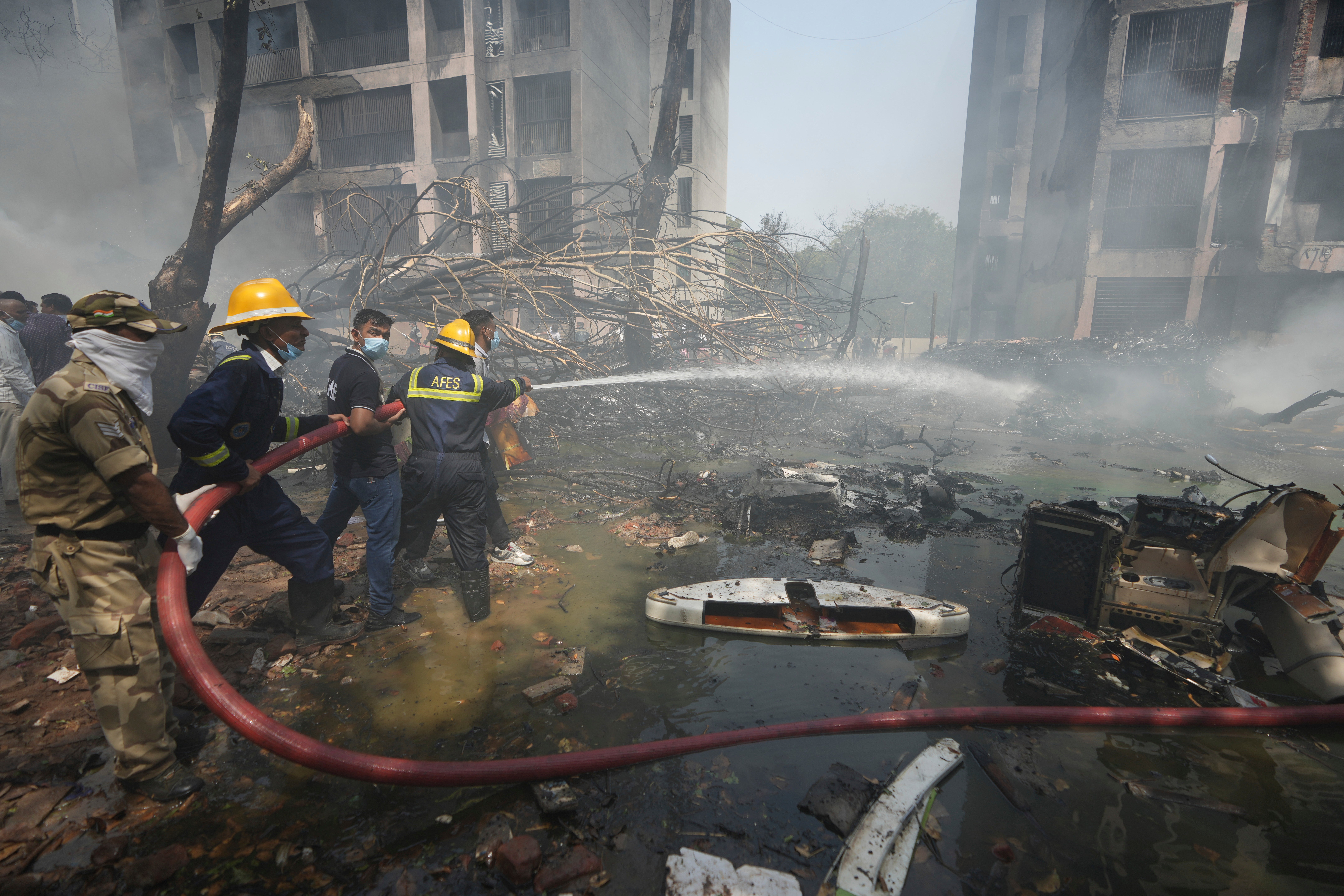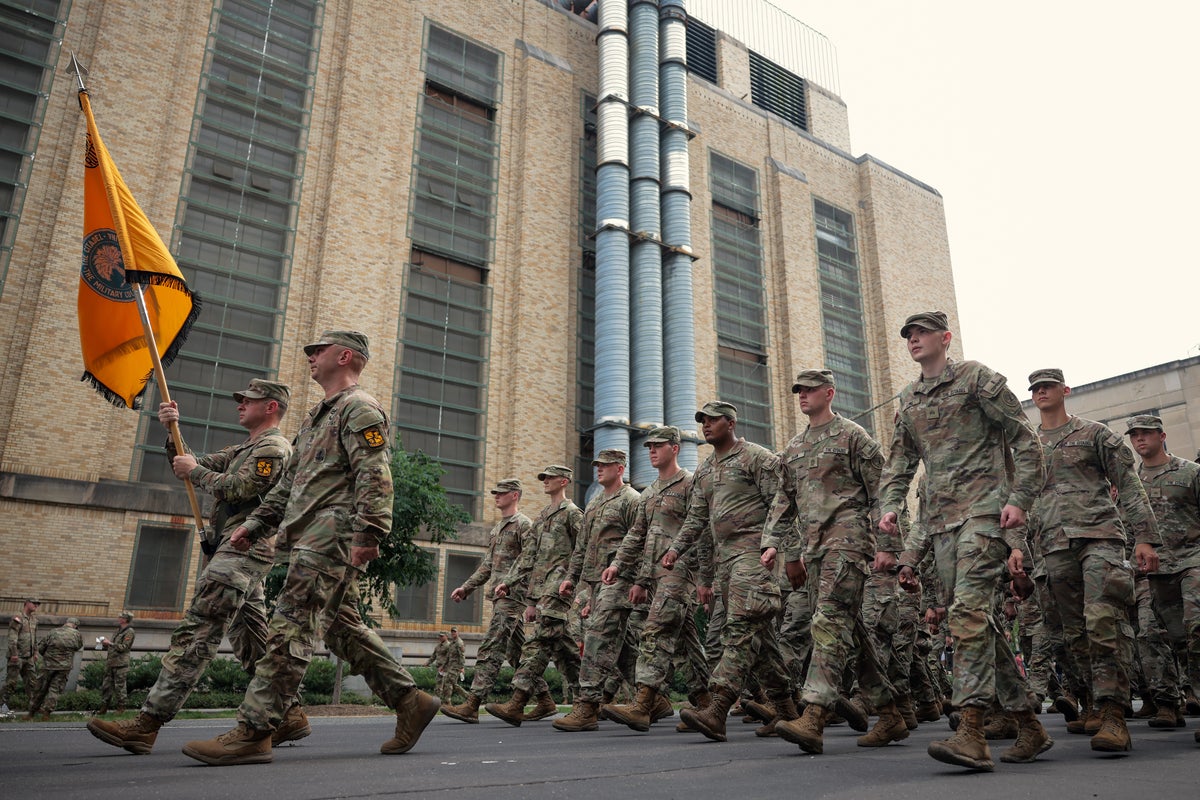ARTICLE AD BOX
Investigators in India are trying to identify the cause of the Air India plane crash that killed all but one of the 242 passengers onboard.
The flight, which had been bound for London Gatwick, came down shortly after taking off from the western city of Ahmadabad.
With speculation rife about the cause of the disaster, safety experts will soon be joined by a team from the UK Air Accidents Investigation Branch (AAIB) to work out what happened before the disaster on flight AI171 unfolded.

According to air traffic control at Ahmedabad Airport, the aircraft departed at 1:39 p.m. (0809 GMT) from runway 23. It gave a Mayday call almost immediately, signalling an emergency, but thereafter there was no response from the aircraft. Footage from the ground shows that the the plane was only in the air for around 30 seconds before it appeared to run into trouble, the BBC reports.
The investigators will draw evidence – including radar, CCTV and crucially the cockpit voice recorder (CVR) and flight data recorder (FDR) – to understand what factors were involved in the accident, the first fatal one involving the Boeing 787.
If there is evidence of a previously unknown problem that could jeopardise the safety of other aircraft, they will announce their initial conclusions as soon as possible.
As always in the early stages of an investigation, aviation safety experts will consider a wide spectrum of possible contributory factors. These are the key areas they will be looking at.
Bird strike
Twin-engined aircraft like the Boeing 787 are engineered to be able to take off on a single engine, even if a bird strike happens at the worst possible moment.
Could both engines have been put out of action as the Air India aircraft climbed? In the ‘Miracle on the Hudson’ plane crash in 2009, both engines of a US Air aircraft lost power shortly after take off from New York’s La Guardia airport. On that occasion, the plane had gained more altitude and was able to crash-land on water, with all on board surviving.

Mechanical issues
As the investigators sift through the wreckage, they will be looking to see if there was some kind of failure, possibly involving power, that left the pilots helpless to control their aircraft in the crucial seconds after take off.
Philip Baum, visiting professor of aviation security at Coventry University told The Independent it “seems likely” the accident was caused by system or multiple systems failures.
Human factors
Taking off with a heavy load of fuel, passengers and cargo in hot weather is challenging at the best of times. Could these highly trained and experienced pilots have made decisions and taken actions that jeopardised the safety of the aircraft?
A captain for a leading US carrier said some focus should be given to the flap settings – the moveable panels on an aircraft’s wings – used for take-off for “a heavy airplane on a hot day, and resulting poor performance which ultimately may have led to a stall”.
Investigators will be examining the wreckage, the recorders and will also be delving into the background and health of the crew.

Malicious act
Tragically, over the years individuals and groups have repeatedly downed aircraft for reasons ranging from grudges to terrorism. But Professor Baum said it was “unlikely there was anything more sinister at play”.









 English (US) ·
English (US) ·